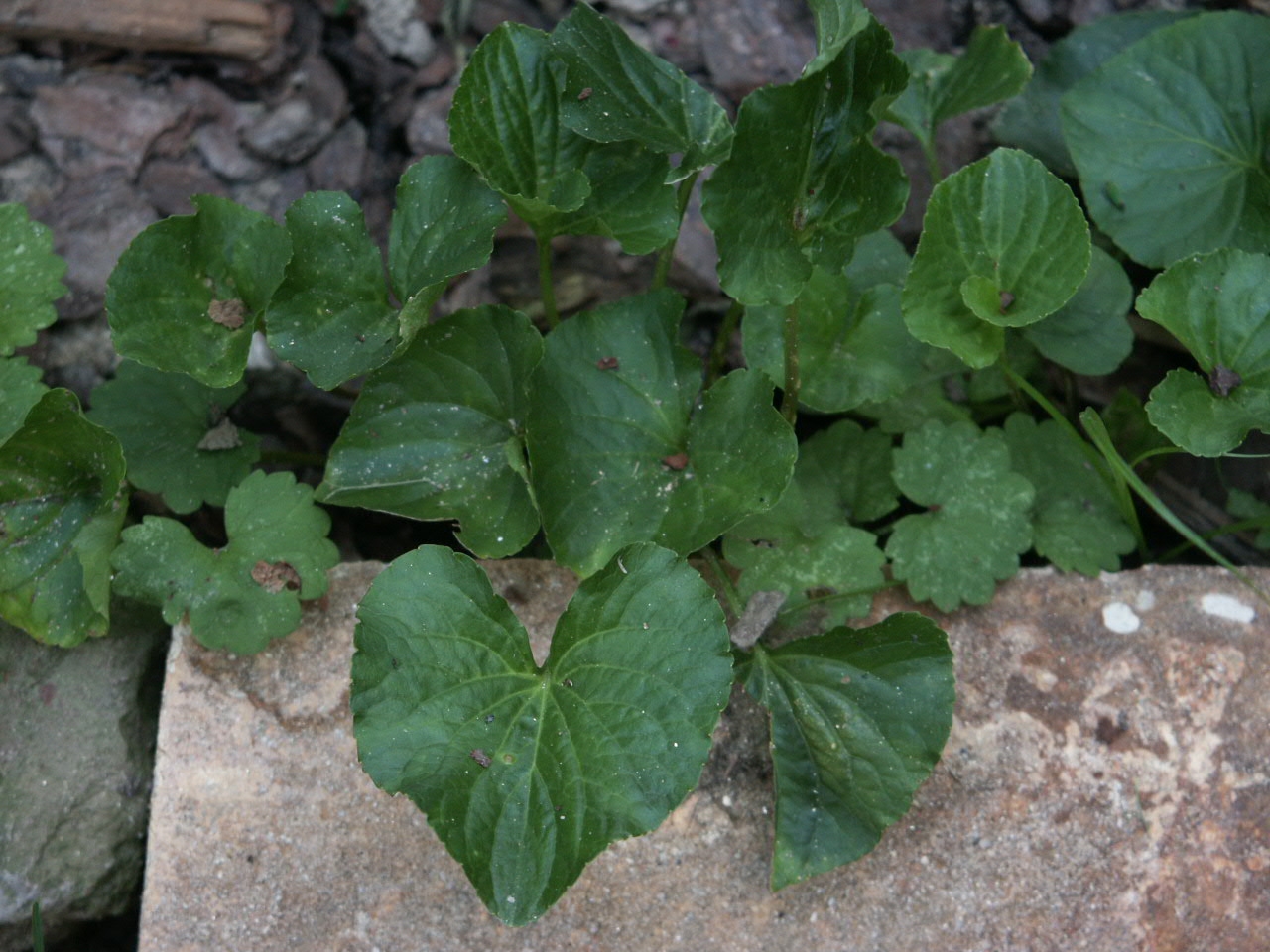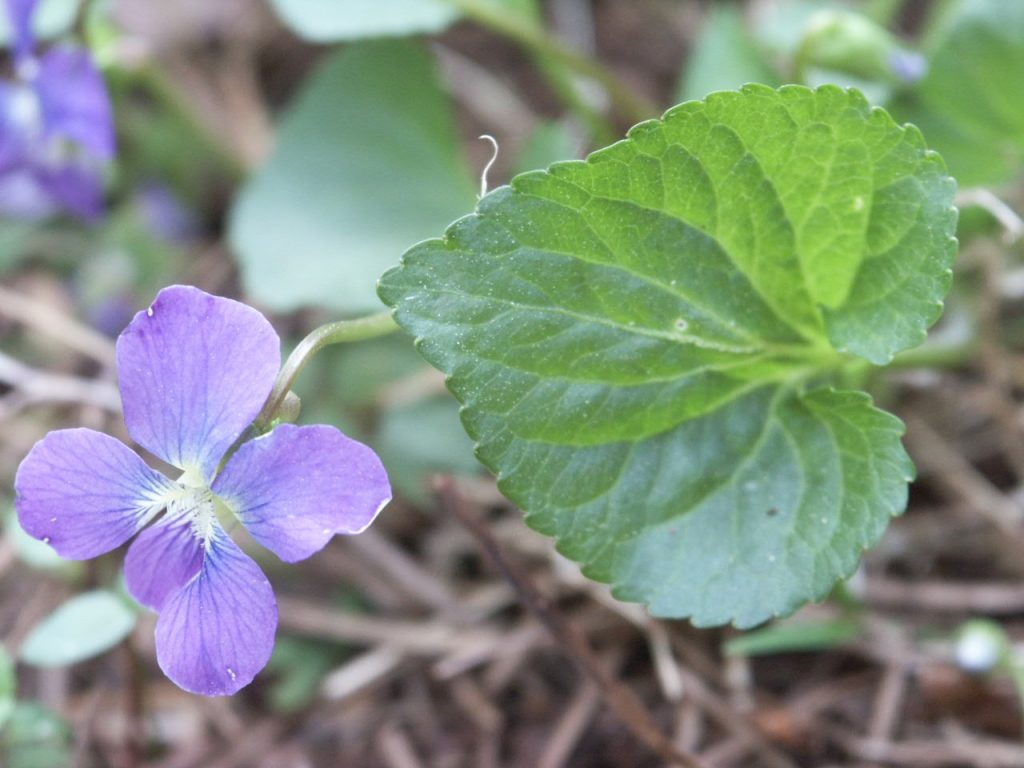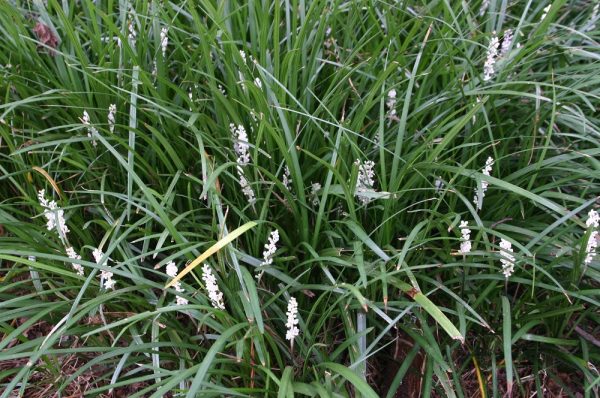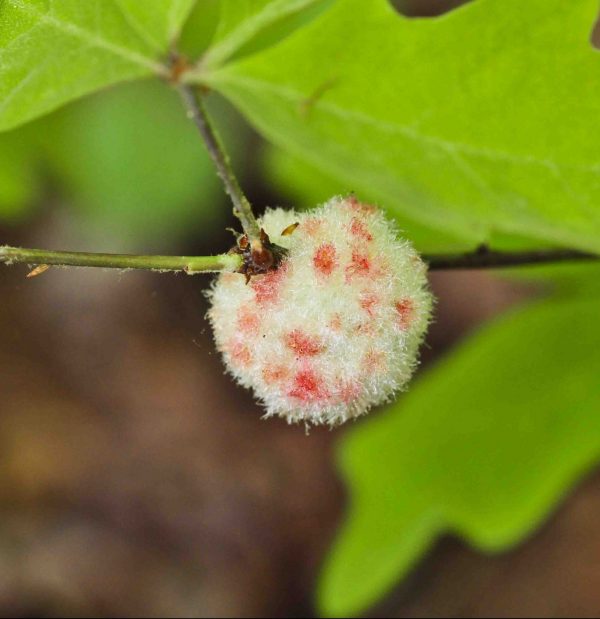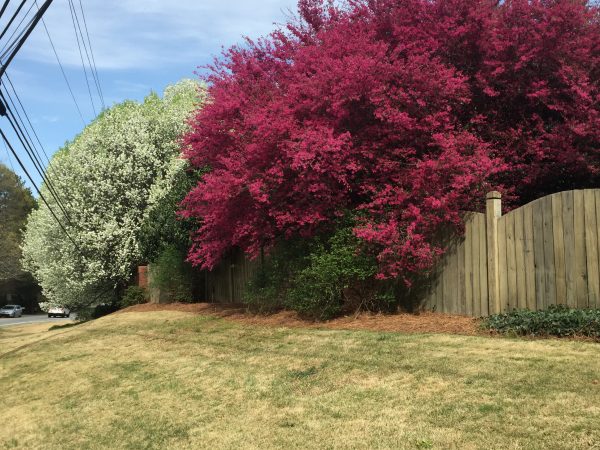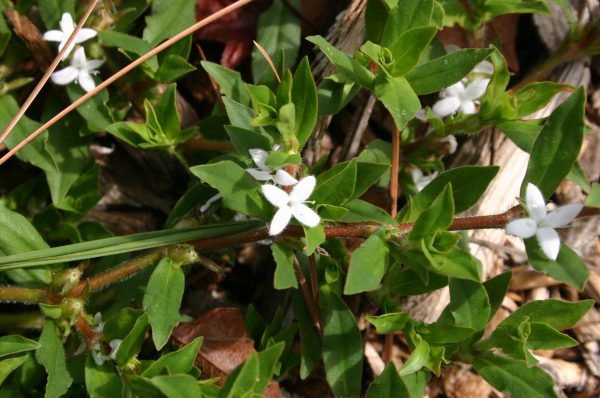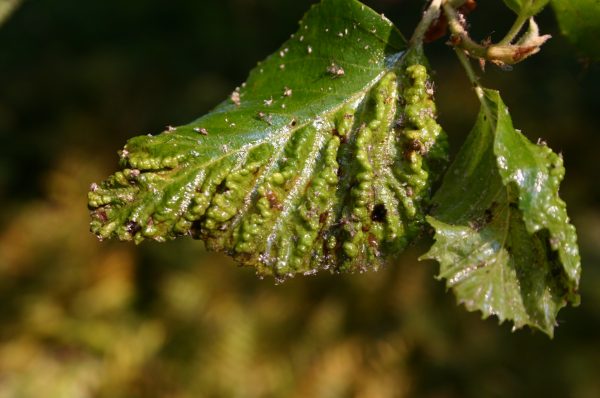Violet Control in Lawns
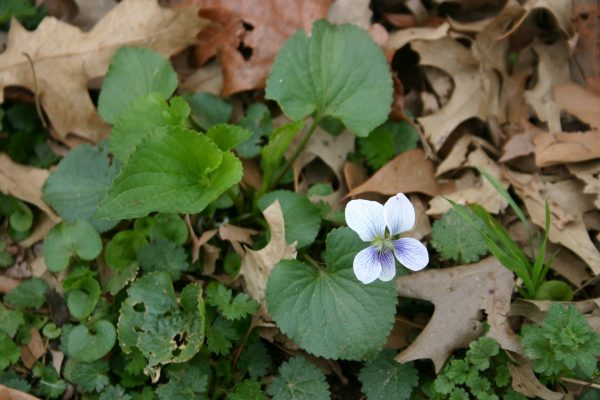
Violets are tough to control in a lawn. They grow from perennial roots, so the plants come back each year if the roots aren’t removed or killed. Furthermore, the flowering weed produces copious seeds that are scattered far and wide.
Before I proceed with chemical controls, let me mention the Water Weeder, which uses a jet of water to loosen a clump of weeds so you can pull it out of the ground. Totally organic! (see picture below)
FOR FESCUE, ZOYSIA If you choose to spray, I think the best chemical for violet control in fescue and zoysia lawns is triclopyr (click for sources).
I have seen the effects of triclopyr on violets, wild strawberry and ground ivy in a neighbor’s lawn. Two weeks after spraying, most of the weeds curled up and turned yellow. With a second spray three weeks after the first one, 90 percent of the weeds were controlled. Fescue grass is the best choice for lawns in partial shade – but these conditions also favor violets. That is why violets are such a troublesome and hard-to-control weed. Triclopyr can not be sprayed on a newly sprouted lawn until after it has been mowed a few times. Wait at least three weeks after using this chemical before planting fescue seed. The label also allows use on zoysia lawns plus ryegrass and bentgrass.
NOT ON BERMUDA, CENTIPEDE If you have bermuda, centipede or St. Augustine grass, you’ll have to continue using other chemicals. Triclopyr is not labeled for use on these grasses.
Use one of the “three way” broadleaf weed killers (click for sources) on your weeds instead. In the last few years, “four way” weed killers have been introduced: BioAdvanced Season Long Weed Control (click for sources) and Bonide Weed Beater Ultra (click for sources). Atrazine (click for sources)
is labeled for broadleaf weed control in centipede and St. Augustine lawns.
READ THE LABEL I continue to be troubled by incomprehensible lawn chemical labels. In defense of the manufacturers, they must fit lots of information in a small space. Federal regulations require various warning messages in a specific format. Usage instructions and a list of pests controlled must be prominent. Most of all, the chemical package has to be attractive and convenient to use in order to attract buyers. More often than not, though, I see consumers with puzzled faces peering at products displayed on the lawn chemical aisle, trying to decide which is best for their problem. I have also overheard nursery employees admitting they are unable to decipher a product label.
My advice is to buy lawn chemicals when you’re not in a hurry, take time to read the label completely and don’t buy a product until you’re sure it will do what you intend.
OR LEAVE THEM ALONE Remember too that you always have the option to leave the violets be. The flower is attractive and if you don’t mind them mixing with your lawn grass they are just as green as any other plant. In addition, despite the chemical-heavy advice above, the BEST weed control is a vigorous and well-maintained lawn.



